Articles > Geography
Know Hungary Largest Cities? Here are the top 25 to get you started.
1. Budapest (Population: 1,682,426)
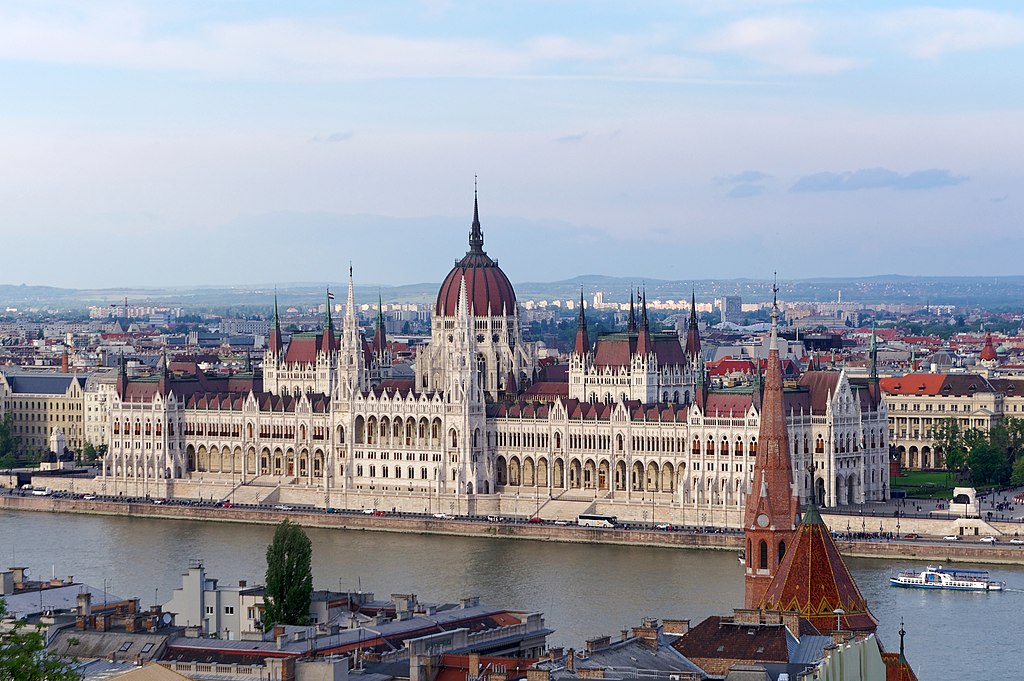
Budapest, the capital of Hungary, is often called the “Pearl of the Danube” for its spectacular riverside setting and stunning architecture. The city is divided into Buda and Pest by the Danube River, each offering its own character—Buda with its hills, castles, and thermal baths, and Pest with its bustling boulevards and vibrant nightlife. Budapest is renowned for landmarks like the Hungarian Parliament, Buda Castle, Fisherman’s Bastion, and the Chain Bridge. It is also famous for its thermal spa culture, with iconic baths such as Széchenyi and Gellért attracting both locals and visitors. As the political, economic, and cultural heart of Hungary, Budapest thrives with theaters, museums, and a lively café scene. The city seamlessly combines history, art, and modern urban living, making it one of Europe’s most captivating capitals.
Interesting Fact:
Budapest has more thermal springs than any other capital city in the world.
2. Debrecen (Population: 199,520)
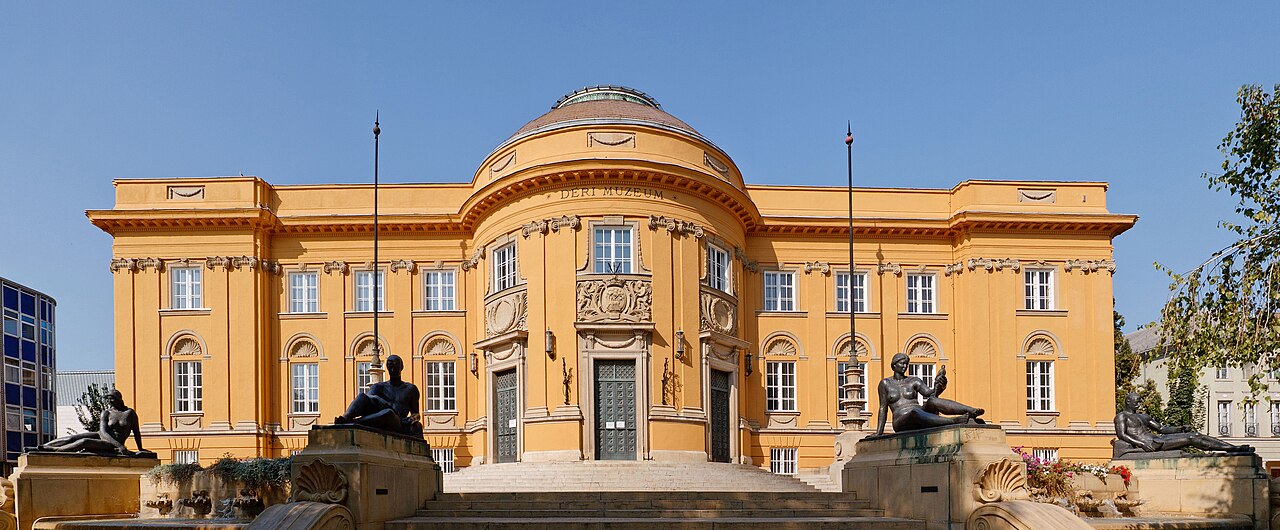
Debrecen, Hungary’s second-largest city, is often called the “Calvinist Rome” due to its strong Protestant heritage. Located in the Great Hungarian Plain, it has long been a cultural and intellectual hub, with the University of Debrecen being one of the country’s most prestigious institutions. The Great Reformed Church dominates the city center, symbolizing its religious and cultural significance. Debrecen is also known for hosting the annual Flower Carnival, a colorful festival that attracts visitors from across the globe. The city’s cultural life thrives with museums, theaters, and concert halls, while its modern infrastructure makes it an economic center for eastern Hungary. Surrounded by fertile land, Debrecen plays a major role in agriculture and trade, while also being a gateway to the nearby Hortobágy National Park, a UNESCO World Heritage site.
Interesting Fact:
The Great Reformed Church in Debrecen is the largest Protestant church in Hungary.
3. Szeged (Population: 158,022)
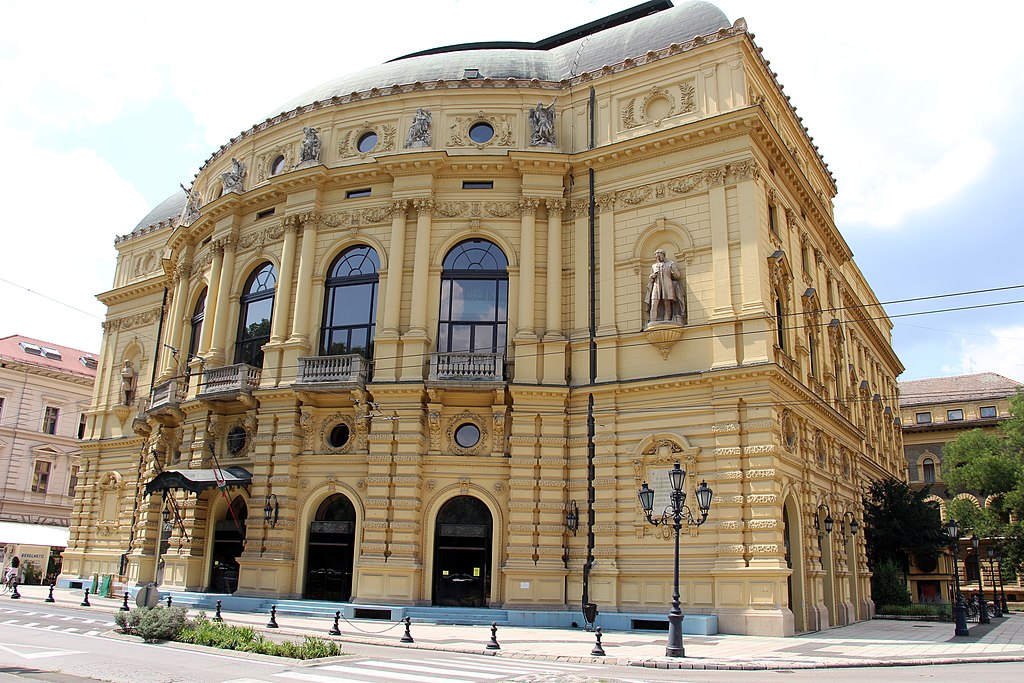
Szeged, located in southern Hungary near the Serbian border, is known as the “City of Sunshine” because it enjoys the most sunny days per year in the country. It is a cultural and academic hub, home to the University of Szeged, one of Hungary’s leading universities. The city center features Art Nouveau architecture, wide boulevards, and the impressive Votive Church, which dominates Dóm Square. Szeged is also famous for its paprika, an essential spice in Hungarian cuisine, and hosts lively festivals, including the Szeged Open-Air Festival. The city rebuilt itself after a devastating flood in 1879, resulting in its modern, elegant layout. Today, Szeged combines academic prestige, cultural vibrancy, and a friendly atmosphere, making it a key destination in Hungary’s southern region.
Interesting Fact:
Szeged produces some of the world’s finest paprika, a cornerstone of Hungarian cooking.
4. Miskolc (Population: 145,735)
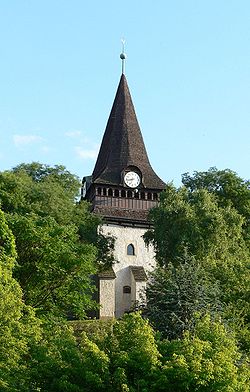
Miskolc, located in northeastern Hungary, is a city that blends industry, culture, and natural beauty. Historically, it grew as an industrial hub due to its steelworks, but today it is equally known for its cultural life and nearby attractions. The Diósgyőr Castle, with medieval origins, is one of the city’s highlights, while the Miskolctapolca Cave Bath offers a unique thermal spa experience inside natural limestone caves. The city is surrounded by the scenic Bükk Mountains, which provide hiking, skiing, and outdoor recreation. Miskolc also hosts theaters, museums, and cultural festivals that showcase its lively urban identity. Its balance of industrial heritage, cultural richness, and natural surroundings makes Miskolc a fascinating city in Hungary’s northeast.
Interesting Fact:
Miskolc is home to a thermal bath built inside natural caves—one of the few of its kind in the world.
5. Pécs (Population: 139,647)
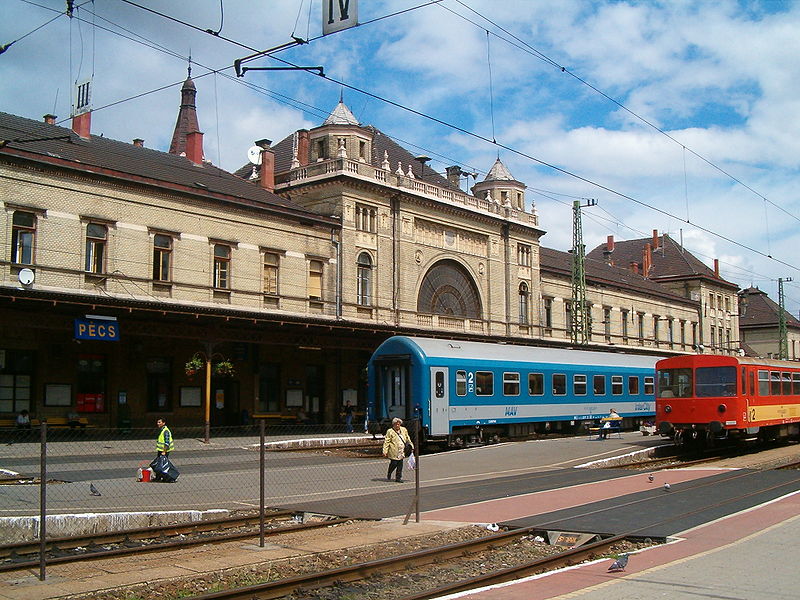
Pécs, situated in southern Hungary, is a city renowned for its cultural diversity and rich history. As a former Roman settlement, it still preserves remnants such as the Early Christian Necropolis, a UNESCO World Heritage site. The city has also been shaped by Turkish, Hungarian, and German influences, visible in its architecture, including the Mosque of Pasha Qasim and the medieval cathedral. Pécs is known as a university city, with students fueling its vibrant cultural and nightlife scene. It is also a center for the arts, particularly the Zsolnay Porcelain Manufacture, which gained international fame. Pécs offers a unique combination of history, multicultural heritage, and modern creativity, making it a jewel of southern Hungary.
Interesting Fact:
Pécs was named a European Capital of Culture in 2010.
6. Győr (Population: 128,050)
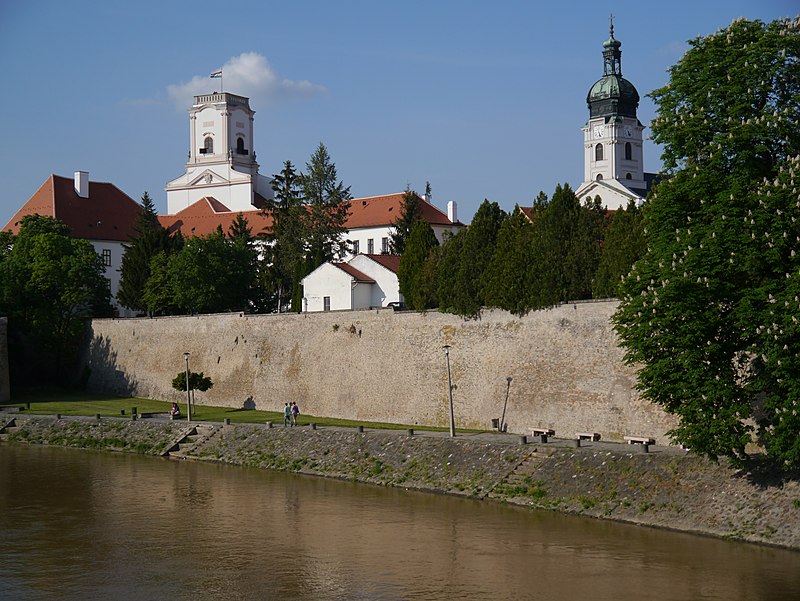
Győr, located between Budapest and Vienna, is one of Hungary’s most important industrial and cultural centers. Known as the “City of Rivers” due to its location at the confluence of the Danube, Rába, and Rábca rivers, Győr boasts a picturesque baroque old town with charming squares and historic churches. It is also a hub for automotive manufacturing, with Audi Hungary playing a major role in the local economy. The city thrives with theaters, museums, and festivals that celebrate its heritage and dynamic growth. Győr serves as a bridge between Hungary and Central Europe, with strong transport links and a rich historical identity. Its balance of commerce, culture, and tradition makes Győr a standout among Hungary’s cities.
Interesting Fact:
Győr is home to one of the largest Audi factories in the world.
7. Nyíregyháza (Population: 116,439)
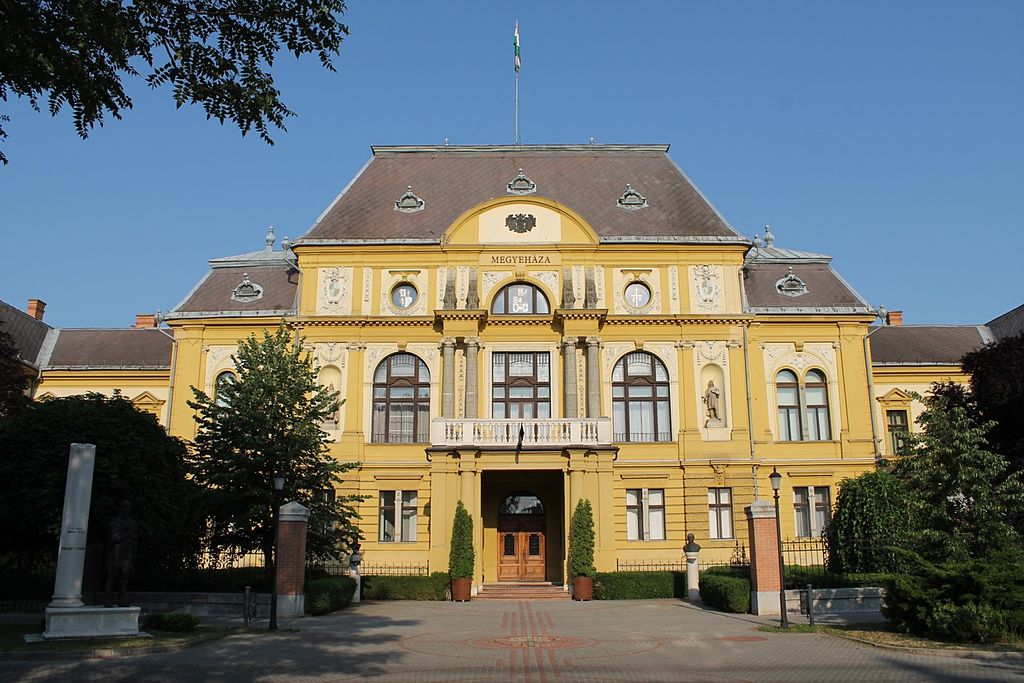
Nyíregyháza, located in northeastern Hungary, is a growing city known for its cultural life and family-friendly attractions. It is home to the popular Nyíregyháza Zoo, one of the largest in Central Europe, which attracts visitors from across the region. The city features lively squares, shopping centers, and a developing economy that blends services, commerce, and industry. Surrounded by fertile plains, Nyíregyháza also plays an important agricultural role. With its theaters, museums, and festivals, the city is a cultural hub for the Szabolcs-Szatmár-Bereg County. Its modern infrastructure and welcoming environment make it one of Hungary’s most livable cities, balancing urban energy with community warmth.
Interesting Fact:
Nyíregyháza Zoo houses over 5,000 animals and is one of Europe’s top zoos.
8. Kecskemét (Population: 108,334)
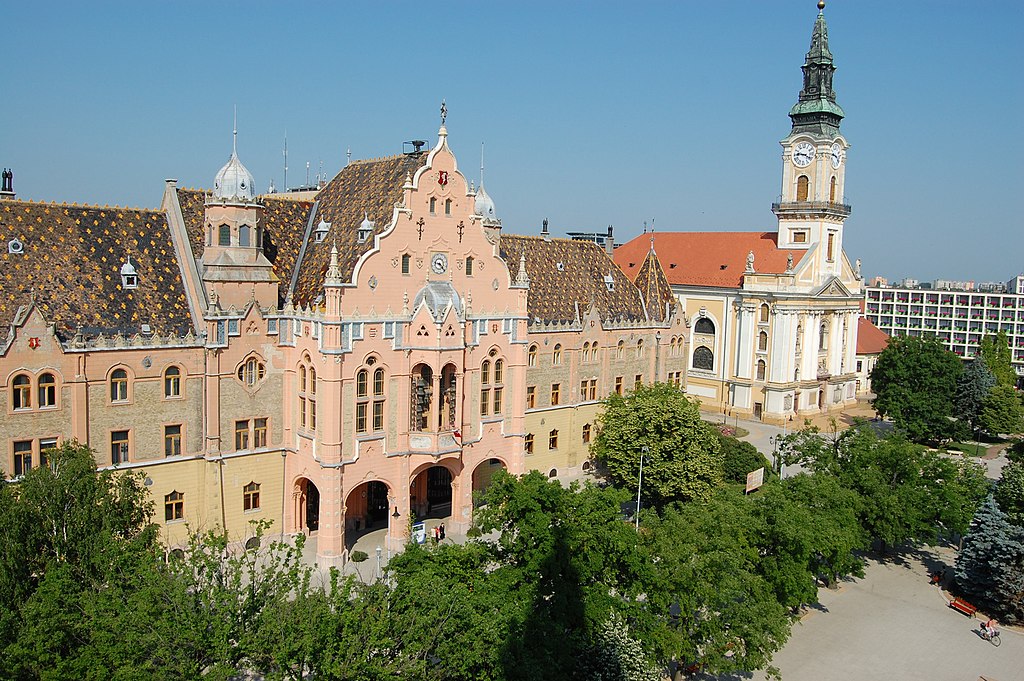
Kecskemét, located in central Hungary, is a city celebrated for its cultural life and colorful architecture. Its Art Nouveau buildings, such as the City Hall and Cifra Palace, give the city a distinctive charm. Kecskemét is a center for music and arts, with strong ties to the famous Hungarian composer Zoltán Kodály. The city has developed into an important economic hub, particularly in the automotive sector, with Mercedes-Benz establishing a major plant there. Surrounded by orchards, Kecskemét is also known for fruit production, especially apricots, which are used in making the renowned Hungarian apricot brandy, pálinka. Its combination of cultural richness, industry, and tradition makes Kecskemét a vibrant and unique city.
Interesting Fact:
Kecskemét is home to a major Mercedes-Benz manufacturing plant.
9. Székesfehérvár (Population: 94,906)
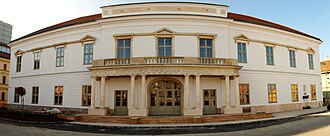
Székesfehérvár, one of Hungary’s oldest cities, holds a special place in national history as the coronation site of many Hungarian kings during the Middle Ages. Located southwest of Budapest, the city blends its royal past with modern urban development. Today, it is an industrial and economic center, with electronics and automotive industries playing major roles. The city also preserves historic landmarks, including medieval ruins, churches, and museums that honor its legacy. Székesfehérvár’s lively cultural life, including festivals and public squares, reflects its ongoing importance. Its deep history combined with contemporary growth makes it a cornerstone of Hungarian identity.
Interesting Fact:
In the Middle Ages, Székesfehérvár was the coronation city for Hungarian kings.
10. Szombathely (Population: 78,522)
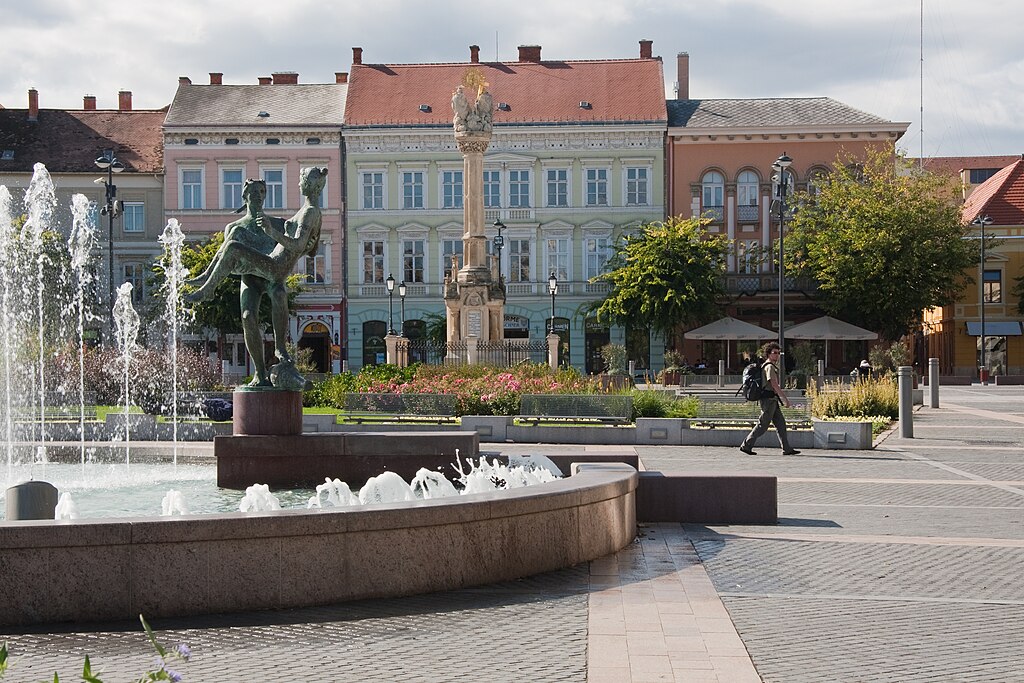
Szombathely, located in western Hungary near the Austrian border, is the oldest recorded city in the country. Known as Savaria in Roman times, it was founded in 45 AD by Emperor Claudius and still preserves Roman ruins, including a section of the Amber Road. Today, Szombathely is a regional cultural and economic center, with theaters, museums, and historical architecture. The city celebrates its Roman heritage through festivals and exhibitions while maintaining a modern lifestyle. Surrounded by fertile lands and vineyards, it also benefits from agricultural traditions. Szombathely’s unique Roman legacy and modern development give it a special place in Hungary’s history and culture.
Interesting Fact:
Szombathely is the oldest city in Hungary, founded by the Romans in 45 AD.
11. Érd (Population: 71,425)
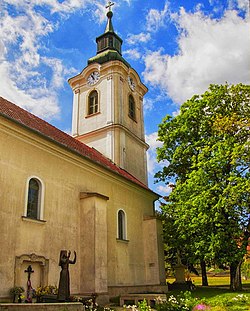
Érd, located just southwest of Budapest, has rapidly grown into one of Hungary’s largest commuter cities. Its proximity to the capital has fueled population growth and modern development, while it still maintains small-town traditions. Érd features historical churches, parks, and archaeological finds, including remnants from the Roman era. The city is a mix of suburban residential areas, green spaces, and growing commercial centers. Many residents commute daily to Budapest, but Érd itself has a lively community with schools, markets, and cultural activities. Its role as both a suburban haven and a self-sufficient town has made Érd a popular choice for families seeking a balance between city access and quieter living.
Interesting Fact:
Érd is one of Hungary’s fastest-growing cities, largely due to its closeness to Budapest.
12. Szolnok (Population: 66,140)
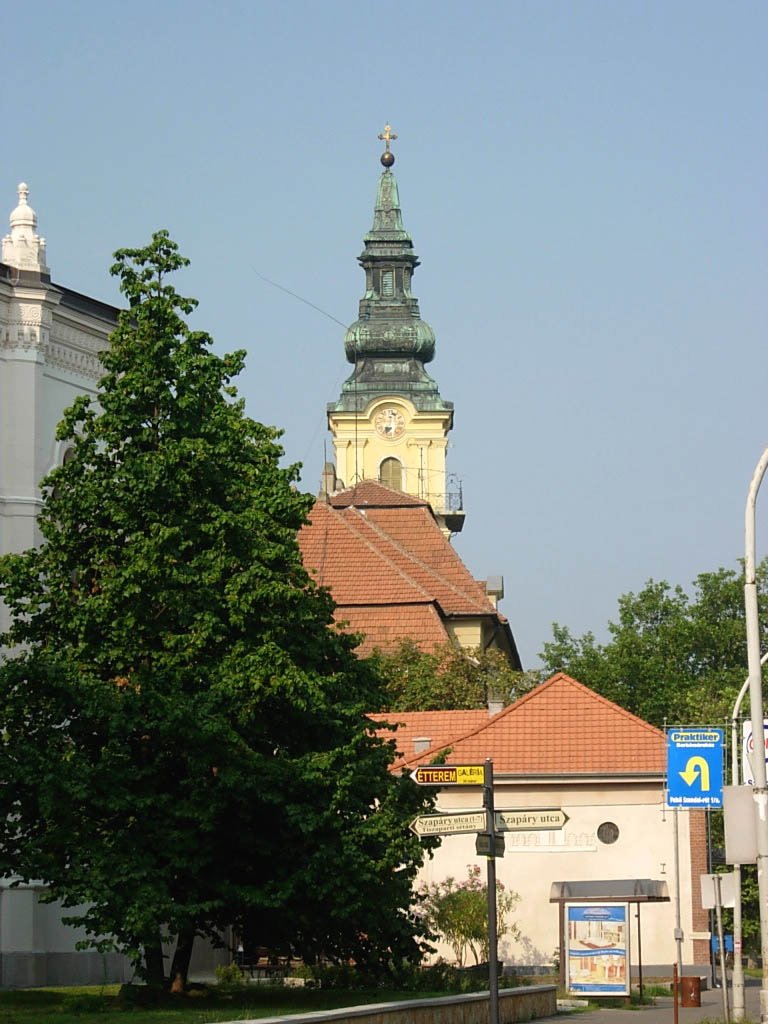
Szolnok, situated in central Hungary along the Tisza River, has historically been an important transport and trade hub due to its river crossings. The city’s cultural identity is shaped by its museums, theaters, and festivals, such as the Szolnok Goulash Festival. Szolnok also has a strong tradition in aviation, with its Aviation Museum showcasing Hungary’s aeronautical history. The city’s riverside setting provides scenic promenades and recreational opportunities. As a regional administrative and economic center, Szolnok balances its industrial heritage with modern development. With its cultural landmarks and riverside charm, it remains an appealing city in the heart of Hungary.
Interesting Fact:
Szolnok is home to Hungary’s main military aviation museum.
13. Tatabánya (Population: 65,968)
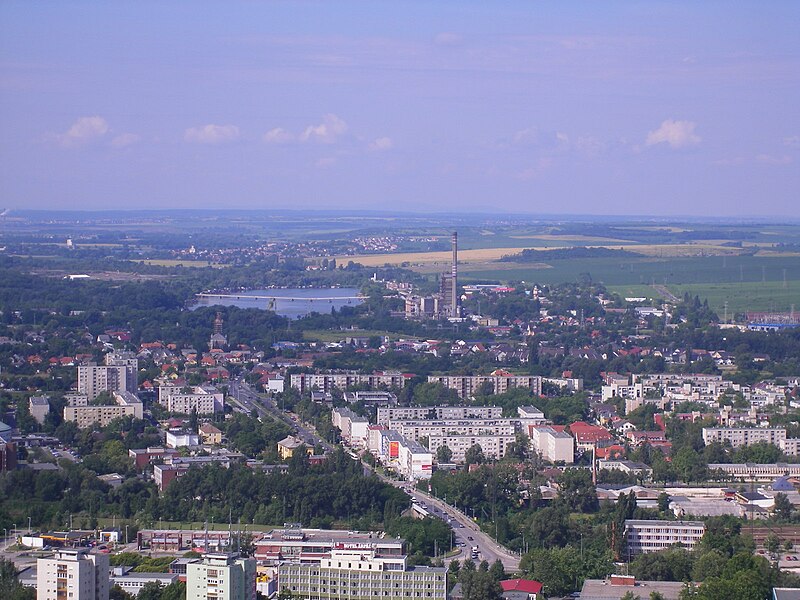
Tatabánya, located between Budapest and Győr, is a city with a strong industrial past. Known primarily for coal mining in the 20th century, it has since diversified into manufacturing and modern industries. The city is surrounded by hills and forests, offering opportunities for outdoor activities. A key landmark is the Turul Monument, one of the largest bird statues in Europe, symbolizing Hungarian heritage. Tatabánya also serves as an important transport hub due to its location along major highways and railways. Its mix of industrial history, modern renewal, and natural surroundings give it a unique identity in Hungary’s landscape.
Interesting Fact:
Tatabánya’s Turul Monument is one of the largest bird statues in Europe.
14. Sopron (Population: 60,090)
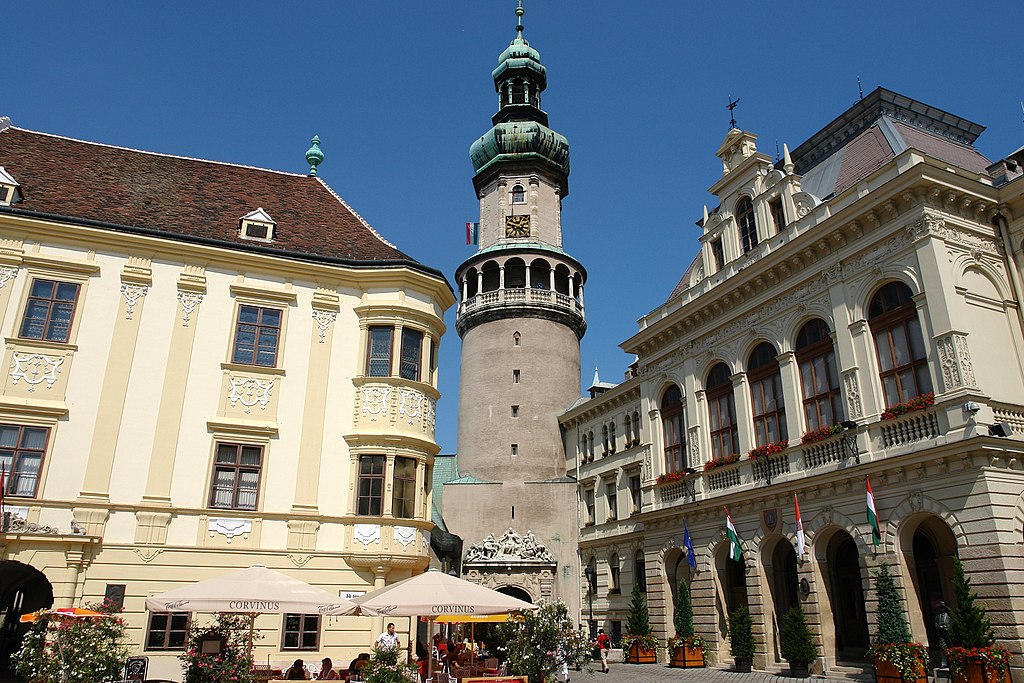
Sopron, located near the Austrian border, is often called the “Most Loyal Town” for choosing to remain part of Hungary in a 1921 referendum. The city has a medieval old town with well-preserved Gothic and Baroque buildings, including the iconic Firewatch Tower. Sopron is also surrounded by vineyards and is a center for Hungarian wine production, particularly Kékfrankos. Its location makes it a gateway between Hungary and Austria, blending cultural influences from both countries. Sopron’s history, architecture, and wine traditions make it a popular tourist destination and a symbol of Hungarian loyalty and identity.
Interesting Fact:
Sopron earned the title “Most Loyal Town” after a 1921 referendum kept it in Hungary.
15. Kaposvár (Population: 59,260)
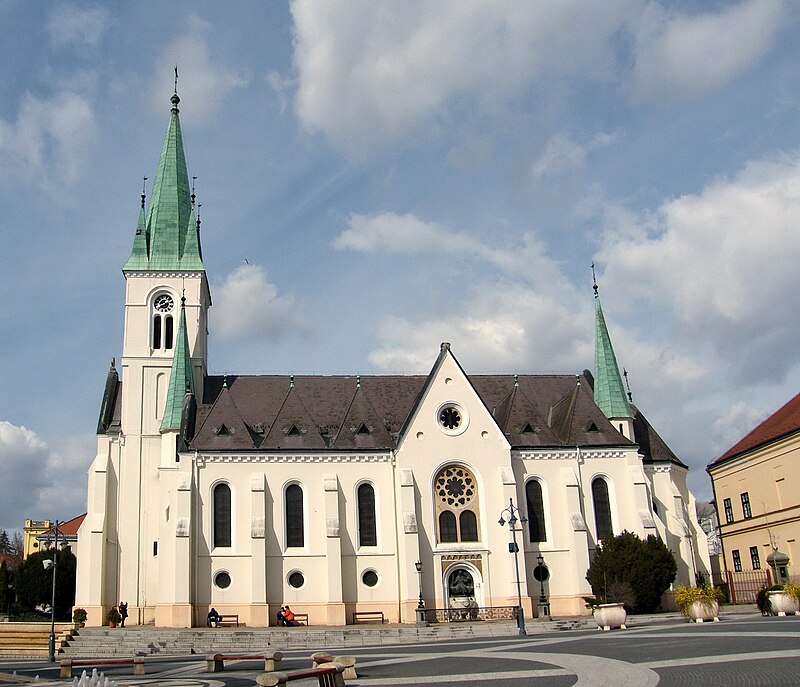
Kaposvár, the capital of Somogy County, is a city known for its cultural life and green spaces. The city features elegant architecture, theaters, and museums, and hosts regular festivals that celebrate art, literature, and music. Surrounded by fertile land, Kaposvár also plays an important role in agriculture. The University of Kaposvár contributes to its intellectual and academic profile. The city is close to Lake Deseda, a popular spot for recreation and nature activities. Kaposvár’s welcoming atmosphere, cultural richness, and natural surroundings make it an attractive regional center in southern Hungary.
Interesting Fact:
Kaposvár is nicknamed the “City of Flowers” for its colorful public gardens.
16. Veszprém (Population: 56,262)
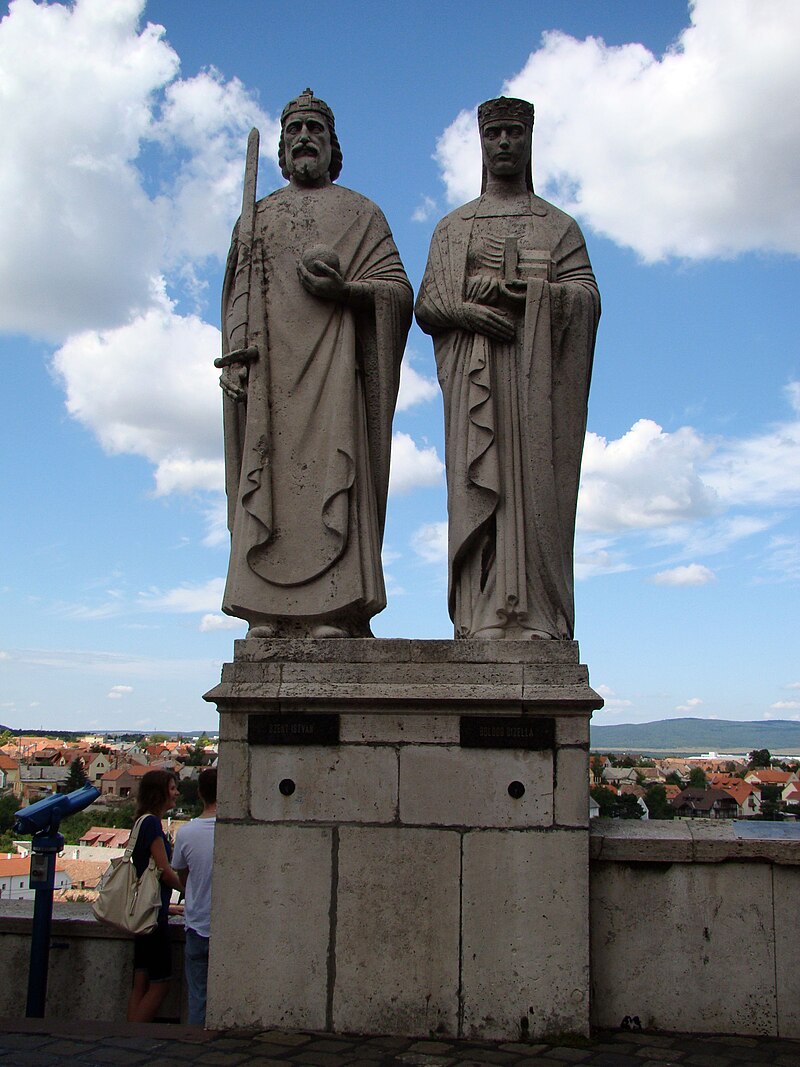
Veszprém, located near Lake Balaton, is one of Hungary’s oldest cities and has strong ties to early Hungarian history. Known as the “City of Queens” due to its connection with Hungarian royal consorts, Veszprém is home to historic churches, a castle district, and cultural institutions. Its proximity to Lake Balaton makes it a key regional center for tourism and recreation. Veszprém also thrives as a university town, bringing youthful energy to its historical setting. The blend of ancient heritage, academic life, and natural beauty defines Veszprém’s character today.
Interesting Fact:
Veszprém is often called the “City of Queens” because Hungary’s first queens were crowned there.
17. Zalaegerszeg (Population: 55,333)
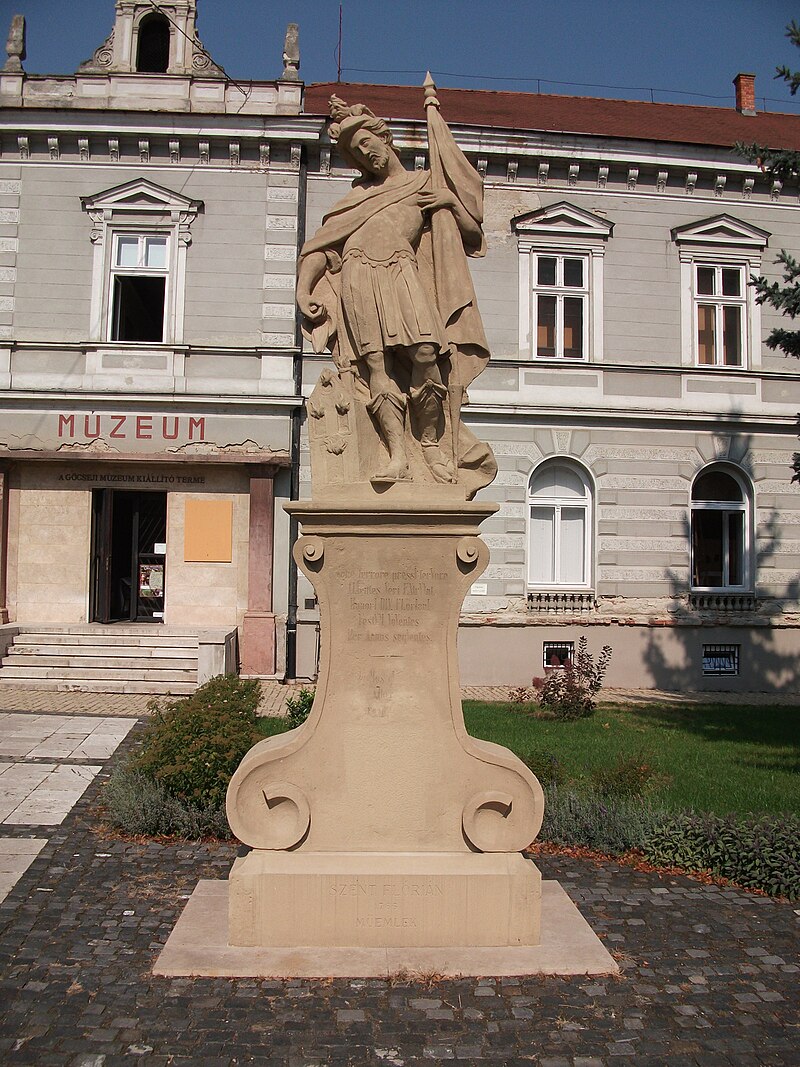
Zalaegerszeg, the capital of Zala County, lies in western Hungary near the Slovenian and Austrian borders. It is a regional administrative, cultural, and economic hub. The city features historical architecture, museums, and cultural festivals that highlight its traditions. Zalaegerszeg is also close to natural attractions, including forests, hills, and thermal baths. Its growing economy includes industry, trade, and services. With its location near Hungary’s western borders, Zalaegerszeg plays a strategic role in cross-border connections and cultural exchange.
Interesting Fact:
Zalaegerszeg is home to Hungary’s first open-air ethnographic museum.
18. Békéscsaba (Population: 55,109)
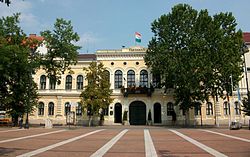
Békéscsaba, located in southeastern Hungary, is known for its cultural traditions and culinary heritage. The city is famous for its sausage-making, particularly the Csabai sausage, celebrated annually at the Sausage Festival. Békéscsaba also has theaters, museums, and cultural centers that contribute to its lively community. Surrounded by agricultural land, it plays an important role in food production. Its location near the Romanian border makes it a gateway for cross-border trade and cultural exchange. With its strong traditions and friendly atmosphere, Békéscsaba is a proud representative of Hungary’s southeast.
Interesting Fact:
Békéscsaba is famous for its annual Sausage Festival celebrating local cuisine.
19. Eger (Population: 49,113)
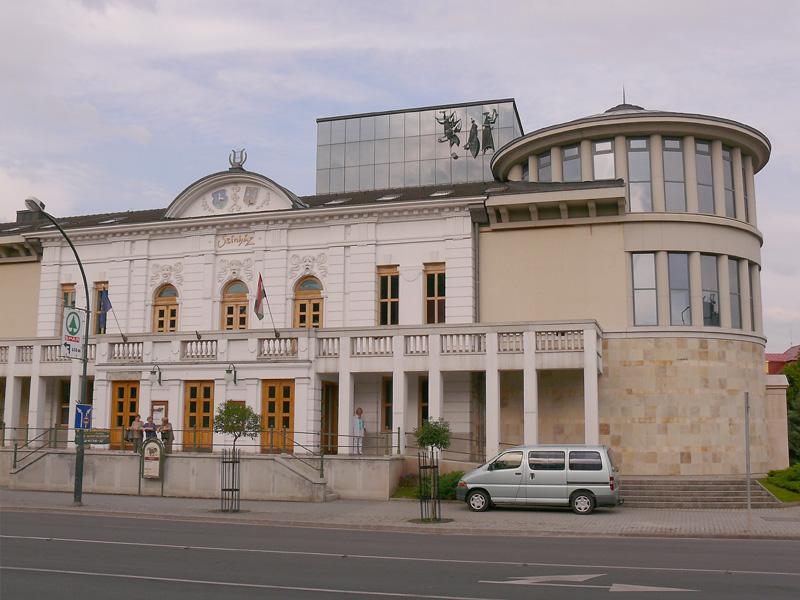
Eger, located in northern Hungary, is a historic city famous for its baroque architecture, thermal baths, and wine culture. The city’s most iconic site is Eger Castle, which played a key role in resisting the Ottoman invasion in the 16th century. Eger is also known for its religious architecture, including the grand Basilica and numerous baroque churches. The region’s vineyards produce the renowned Egri Bikavér (“Bull’s Blood”) wine, adding to the city’s cultural prestige. With its mix of history, architecture, and viticulture, Eger is one of Hungary’s most attractive tourist destinations.
Interesting Fact:
Eger is world-famous for its “Bull’s Blood” red wine.
20. Dunakeszi (Population: 43,812)
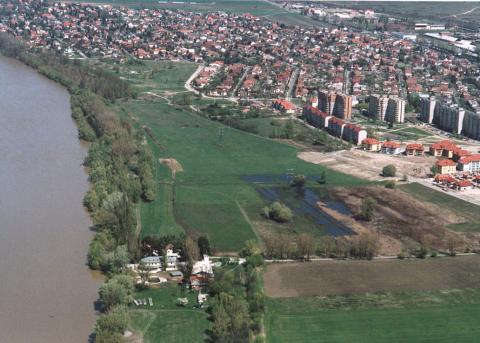
Dunakeszi, located just north of Budapest, is a growing suburban city along the Danube River. Its proximity to the capital makes it a popular residential area for commuters while retaining its own local charm. Dunakeszi has a mix of modern housing developments, shopping centers, and recreational spaces. The riverside provides opportunities for outdoor activities such as rowing and cycling. With its combination of suburban tranquility and easy access to Budapest, Dunakeszi has become one of the most desirable commuter towns in Hungary.
Interesting Fact:
Dunakeszi is known for its strong rowing tradition on the Danube River.
21. Nagykanizsa (Population: 43,309)
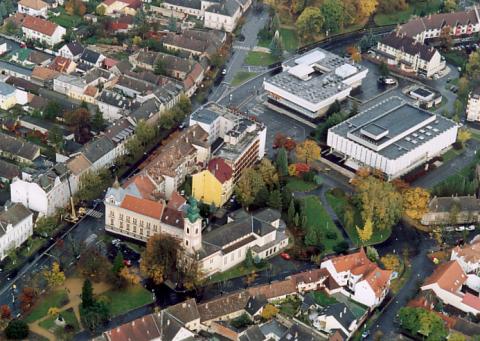
Nagykanizsa, located in southwestern Hungary, has historically been a crossroads for trade routes between the Adriatic and the Pannonian Basin. Today, it remains an important industrial and commercial hub. The city features charming squares, historic churches, and cultural institutions that reflect its long history. Surrounded by vineyards and natural landscapes, Nagykanizsa also has a strong wine-making tradition. Its strategic location near Croatia and Slovenia gives it a unique international character and importance as a regional trade center.
Interesting Fact:
Nagykanizsa has been known for its wine-making since medieval times.
22. Dunaújváros (Population: 42,083)
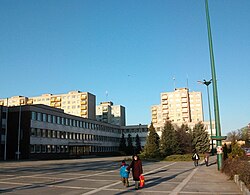
Dunaújváros, located along the Danube River, is one of Hungary’s youngest cities, built in the 1950s as an industrial center. Originally named after Stalin, the city developed rapidly as a steel-producing hub. Today, it is known for its large steelworks and modernist urban layout. The Danube River provides scenic views and recreational opportunities. Despite its industrial roots, Dunaújváros has grown into a cultural and educational center with theaters, festivals, and a university campus. Its blend of industrial heritage and modern city life make it unique in Hungary.
Interesting Fact:
Dunaújváros was originally named “Stalin City” during the communist era.
23. Hódmezővásárhely (Population: 41,514)
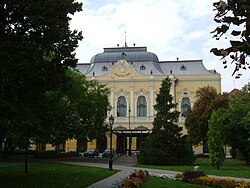
Hódmezővásárhely, located in southeastern Hungary, is a historic market town with a strong agricultural base. Known for its traditions in pottery and ceramics, the city has a rich folk art culture. It is also home to museums and cultural centers that preserve its artistic and historical legacy. Agriculture remains central to the local economy, with fertile farmland surrounding the city. Hódmezővásárhely’s vibrant cultural life and artisan traditions give it a unique character within Hungary.
Interesting Fact:
The city is famous for its traditional pottery and folk art.
24. Szigetszentmiklós (Population: 40,591)
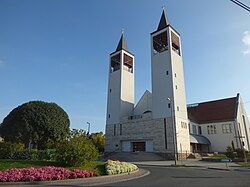
Szigetszentmiklós, part of the Budapest metropolitan area, has grown quickly as a residential and commercial suburb. Located on Csepel Island in the Danube River, the city is surrounded by natural landscapes and waterways. It offers a blend of suburban comfort and access to the Hungarian capital. Szigetszentmiklós also has parks, recreational areas, and cultural institutions that serve its growing population. Its proximity to Budapest makes it attractive for families seeking more space while staying connected to city life.
Interesting Fact:
Szigetszentmiklós is located on Csepel Island in the Danube.
25. Cegléd (Population: 36,367)
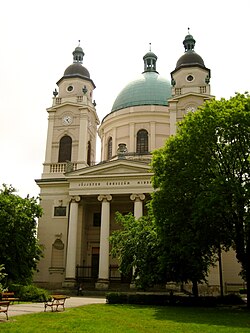
Cegléd, located in central Hungary, is often referred to as the “Gate of the Great Plain.” It is known for its role as a regional trade and cultural center. The city has historical churches, public squares, and a lively cultural life. Cegléd is also famous for its mineral-rich thermal baths, which attract visitors seeking relaxation and healing. Its agricultural surroundings contribute to local prosperity, particularly fruit production. Cegléd’s welcoming atmosphere and traditions make it an important community in Hungary’s heartland.
Interesting Fact:
Cegléd is nicknamed the “Gate of the Great Plain” for its geographic position.




